Asamenew Arba, a weaver operating from a building housing micro enterprises near Shero Meda in northern Addis Abeba, faces severe difficulties in his trade due to the scarcity of essential imported materials like pattern threads.
He says that the absence of a proper trade centre has severely impacted his business. “There is an urgent need for direct trade connections with stakeholders,” he stated.
Asamenew recalls previous years when he had no time to rest during the Timqet (epiphany) season, with reservations pouring in from the start of January, but now his work has been “cold" in the summertime.
"I didn’t even have a time to breathe," he said of the holiday season of past years.
He says that his daily income was at least 2,000 Br five or six years ago when the currency held greater value. Now, he struggles to earn 1,000 Br per day after heavy depreciation of the Birr, hardly enough to cover his input costs. The price of one roll of coloured thread has skyrocketed from 30 Br to 300 Br. He makes around two Netelas with one roll.
The absence of inputs, including locally sourced weaving strings has affected his business.
"The materials take all the money," Asamenew laments. To make ends meet for his family of eight, he has taken on three jobs within the sector: delivery, marketing, and embroidery. While some of his colleagues have sought alternative employment, Asamenew is determined to continue his work as it is his father’s legacy.
He began weaving traditional clothes as a child under his father's guidance and has been in the trade for over 20 years. He recalls a time when a completed Netela and a traditional dress cost 200 Br, and the market was bustling with eager buyers, especially on Sundays, when the area was known as “Sunday Market”.
While they used to work from their homes, the government has since provided them space on the third floor of a building.
Asamenew claims that government promises of trade relationships have not materialised. The building he works in, which houses 43 members of the Tibeb Be’edget Weavers Association, is mostly empty, with only around 13 people actively working, some chatting among themselves, and others on their phones.
"Weaving is colonised by merchants," said Mengistu Mehari, a board member of the association. He believes that the current situation favours merchants and not the toiling manufacturers. He notes that the lack of a fair market integration leads to their handwork being sold at inflated prices, with items they sell for 5,000 Br being marked up to 80,000 Br.
Mengistu says that the weavers are struggling to survive. Adding to their struggles, the demolition of shops at Shero Meda due to the Corridor Development project has destroyed their previous market. He says, "it’s hard to compare our current work and life with the past." He affirms that the fluctuating prices and availability of imported pattern threads is another obstacle facing weavers.
Asamenew points to decreased prices with some items’ prices dropping by 50pc. The rise of printed clothing resembling traditional hand-woven clothing and the influx of imported chiffon textiles has also impacted the business. “Lack of access to finance is also a severe problem,” he said.
On the second floor of the building housing the weavers, embroiderers are diligently working, designing, sewing, and cutting, with the sounds of sewing machines filling the space.
Ermias Tomas, an embroiderer who has worked in the sector for two years, conveys the difficulties of attracting customers, noting that the internet has eased some of that burden.
“Social media is a crucial source of customers,” he said.
Like the weavers with weaving yarn, he and his colleagues face obstacles obtaining embroidery threads. Ermias observes that the market is currently slow, contrasting with previous years when orders would surge in the months leading up to the Timqet holiday, with orders picking up around 45 days in advance. Now, he says, the workplace is only busy for only a few days before the holiday.
Ermias says that machine embroidery is becoming more common than the traditional hand-made version, noting that the time and cost associated with the latter make it less appealing to customers. He states that extensive hand embroidery can take up to 20 days and cost as much as 14,000 Br, with input costs accounting for half of that amount.
“Heavy tax burden erodes my income,” he said. Ermias told Fortune that he was demanded to pay 95,000 Br by the tax authorities. To survive, he has begun to engage in chiffon work.
Seeking cheaper alternatives and owing to ever-changing fashion trends, consumers have shifted to chiffon dresses and garments made with imported and flowy light-weight and colourful fabrics.
Dawit Gebremariam, who began making chiffon dresses in Merkato six years ago, notes the growing market. He says that in similarity with the traditional dress market, the chiffon sector also picks up a month before Timqet. To properly fulfil orders, Dawit stops taking orders two weeks before the holiday.
Chiffon garments are sold for 2,500 Br to 4,000 Br in Merkato, with the raw fabric going for between 300 Br to 400 Br per metre. Dawit states that customers often purchase chiffon in groups of five or 10 or even up to 30 for the holidays. With a production time of about two weeks.
In Addisu Gebeya, another hotspot for traditional and chiffon dresses, Tamirat Taddese is less optimistic with increased input costs discouraging demand. He notes entry-level traditional dresses now selling for 9,000 Br, compared to 5,000 Br previously. The price of chiffon fabric has also risen from 50 Br to 100 Br per metre following the foreign currency market liberalization.
Tamirat observes an increased number of customers choosing the cheaper chiffon over traditional clothes. He says three years ago, he would sell at least five garments a day during the holiday season.
“I struggle to sell a single garment these days,” he said.
Shop owners in Shiro Meda observe so many people come and leave the compound without buying anything.
“People are just browsing and negotiating, and only very few buy,” said Menbere Zewde sitting in her shop putting the final touches on a Netela. She states she has only sold small items, like t-shirts, the whole day.
“I would sell dozens of t-shirts and at least three dresses per day three years ago,” she said. Dresses in her market area go for between 5,000 Br to 35,000 Br. However, the reconstruction owing to corridor development projects has eliminated parking spaces and disrupted business.
Buyers also point to the depressed market. Selamawit Tsegaye was browsing around Zenebeworq last week, explaining how the high prices of traditional clothing have caused her to shift to chiffon dresses. Her budget of 7,000 Br for matching outfits for her daughter and herself led to choose the newer fashion option.
"I decided we should buy matching chiffons rather than buy traditional dresses that I may not wear more than a few times a year," she said. Selamawit states the simplicity of chiffon makes it suitable for casual wear. As a housewife dependent on her husband's income, she believes they should not spend money on non-essential items given the economic difficulties. Ultimately, she was able to order two chiffon dresses under budget for 5,500 Br.
Some businesspeople have shifted to fashion designs. Sewasew Design, for example, makes more modern garments including jackets and tops using hand-woven fabrics with designs. However, shortage of working capital and inputs puts a test to the work of the fashion house.
“We have entirely sold some of our most in-demand items,” said Ablene Dawit, general manager and co-owner of Sewasew. The company debuted two designs for t-shirts and blouses this Timqet, which were very popular with customers, according to him. He states that if they had inventory financing, they would have manufactured more and avoided stockouts.
Ablene says his business struggles in several areas in addition to finance, including a lack of basic materials. “We have many designs on paper, but materialising them is very difficult.”
He notes of a shortage of professional weavers, forcing them to buy from bulk collectors at higher prices. Ablene also asserted a lack of trust in the input market due to deficient professionalism and ethics, which forces him to source from multiple suppliers.
He encounters with receipts getting rejected by the revenue bureau and increasing his taxes.
Abera Kerchi, President of the Ethiopian Textile & Apparel Professionals Association (ETAPA), says that imported inputs primarily reach the bulk market, not smaller businesses, which forces them to buy from small distributors at higher costs. The association estimates that at least half a million people are involved in the sector directly and indirectly.
According to Abera, the sector’s main problem is its failure to attract a new generation of workers, with many traditional weavers being older individuals. Abera believes the sector has the potential for employment.
Negash Bedru, the handicraft development and market expansion executive officer at the Ministry of Culture & Sport, says that the lack of value-added production at the end of the production chain of the industry means that weavers and embroiderers are the least likely to benefit, with designers, shop owners, and agents gaining the most due to their closeness to the end customer.
“They cannot benefit since they are not the price makers,” he told Fortune. He notes that transportation and agent intervention raise the cost of imported inputs to regions.
To address these issues, he states that the Ministry is working on establishing trade integration between the workers and exporters to increase the income of weavers and embroiderers.
The Ethiopian Handcrafts Association is also working on an Ethiopian cultural clothing branding initiative, with technical support from the Ministry, which they hope will legally protect traditional garments and decrease unlawful copying and counterfeiting. The ministry is also planning to enable the association to import materials directly.
Banteyihun Gessese, a textile expert who worked with the Ministry of Industry (MoI), recommends professionalism to increase productivity and efficiency. “The cotton industry and the market should be integrated,” he said. Banteyihun recommends an industry-led trade integration to help with expense sharing and industrial communication.
PUBLISHED ON
Jan 19,2025 [ VOL
25 , NO
1290]
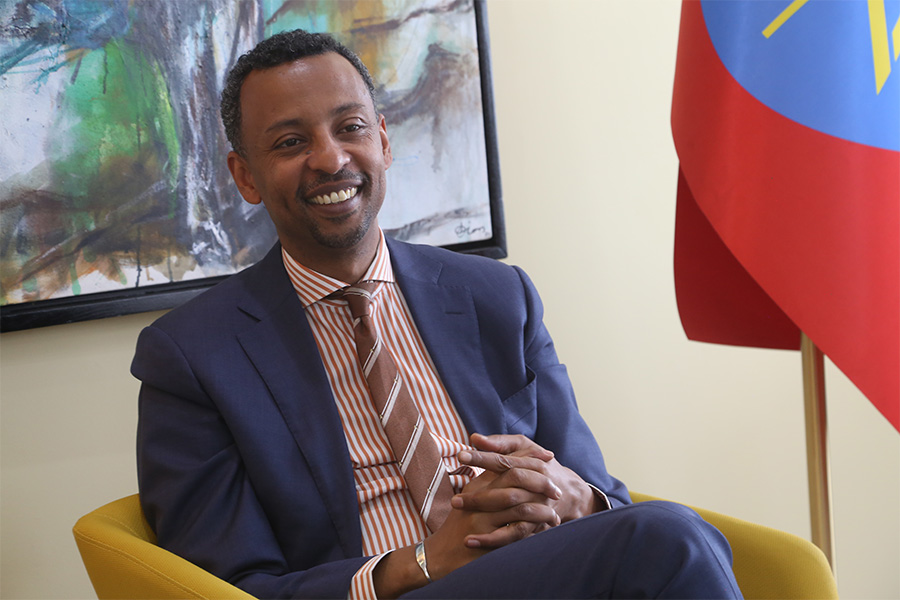
Dec 22 , 2024 . By TIZITA SHEWAFERAW
Charged with transforming colossal state-owned enterprises into modern and competitiv...
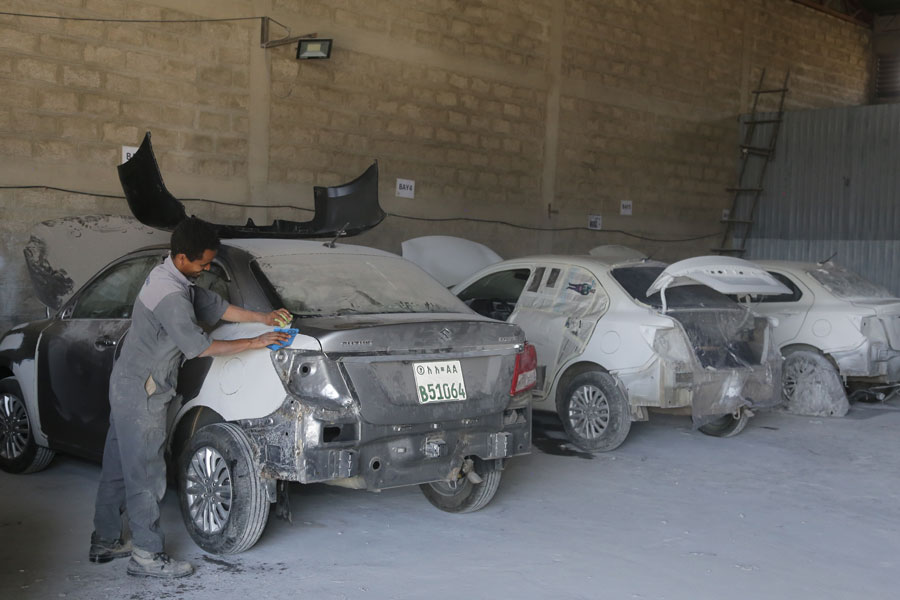
Aug 18 , 2024 . By AKSAH ITALO
Although predictable Yonas Zerihun's job in the ride-hailing service is not immune to...
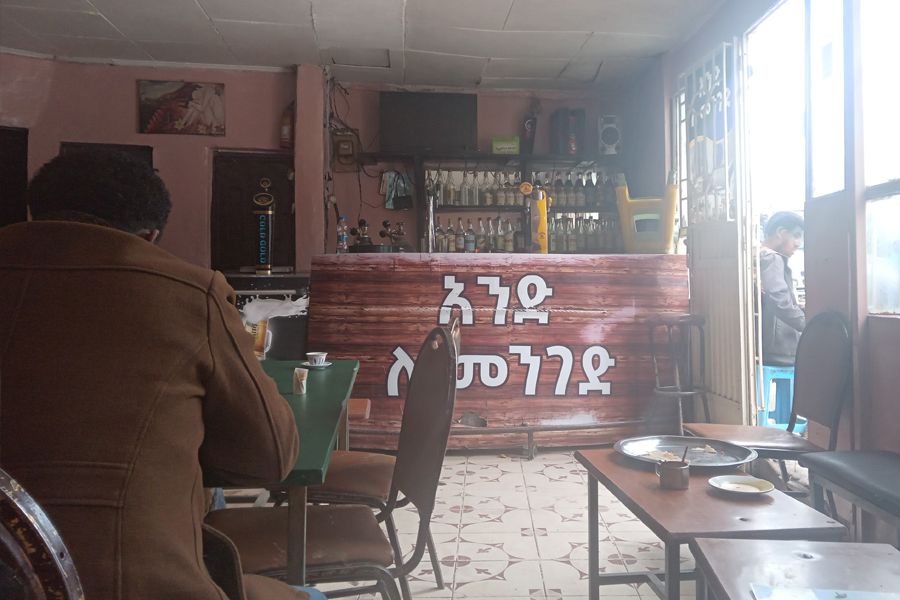
Jul 28 , 2024 . By TIZITA SHEWAFERAW
Unhabitual, perhaps too many, Samuel Gebreyohannes, 38, used to occasionally enjoy a couple of beers at breakfast. However, he recently swit...

Jul 13 , 2024 . By AKSAH ITALO
Investors who rely on tractors, trucks, and field vehicles for commuting, transporting commodities, and f...
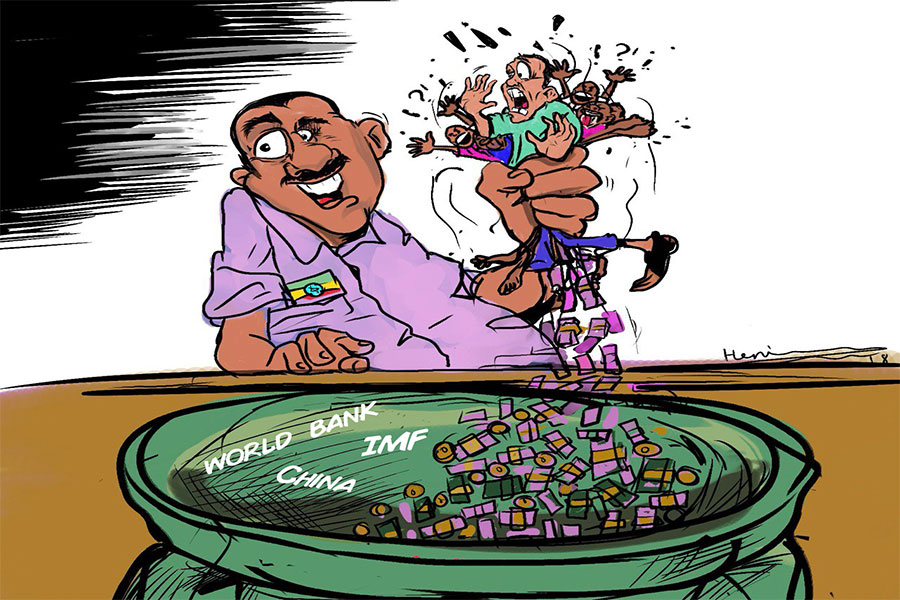
Oct 18 , 2025
The political establishment, notably the ruling party and its top brass, has become p...
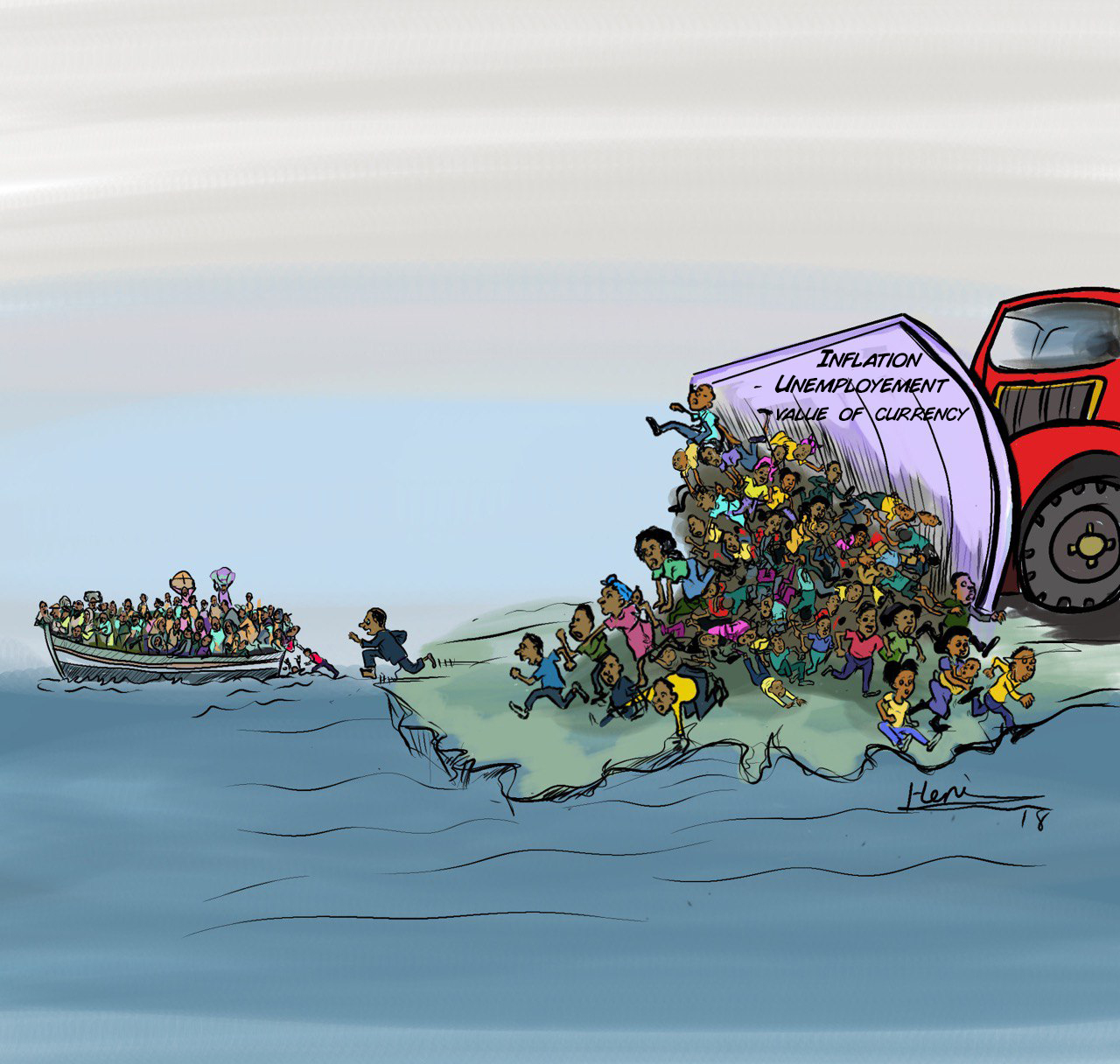
Oct 11 , 2025
Ladislas Farago, a roving Associated Press (AP) correspondent, arrived in Ethiopia in...
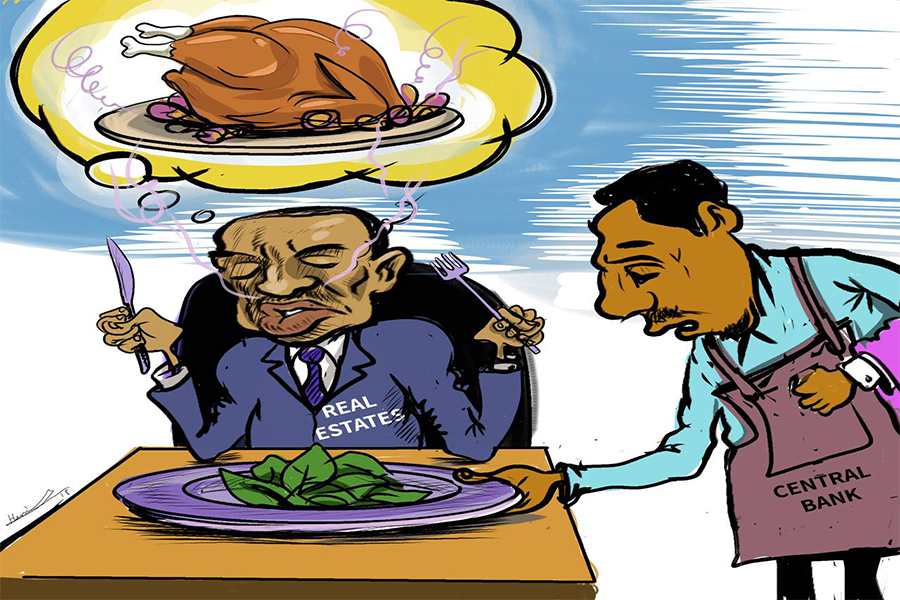
Oct 4 , 2025
Eyob Tekalegn (PhD) had been in the Governor's chair for only weeks when, on Septembe...

Sep 27 , 2025
Four years into an experiment with “shock therapy” in education, the national moo...